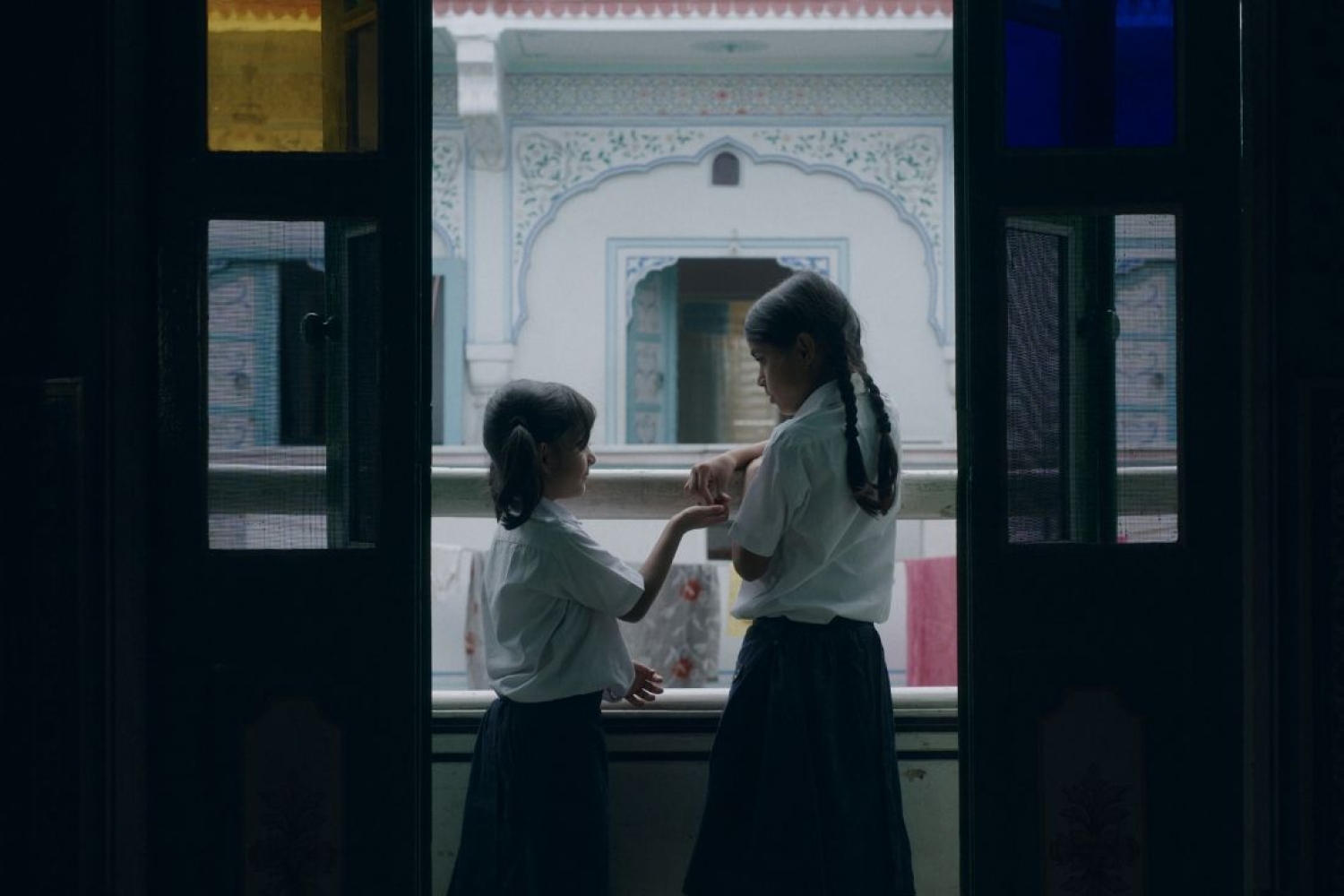

Personal narratives and experiences have always shaped filmmaker Nishi Dugar’s life. Invariably, her cinematic soul seeks it. Anaar Daana, her debut short film that wasscreened at Berlin International Film Festival is a deeply personal film about death.
Nishi grew up in Calcutta with a tight knit family that stayed until her grandmother passed away. The passing changed a lot. Everyone went their own separate ways and Nishi’s father shifted all of them to Jaipur. Her film explores similar grief through the eyes of a young girl. It is a beautifully short film in a house that assumes a character of its own. Nishi talks about the making below.
EXPLORING PERSONAL NARRATIVES
I like stories about personal relationships—drama, romance, slice-of-life kind cinema. But I consume other genres too, to keep a good balance of pop culture and indie films. Anaar Daana happened because at some point in my cinematography career I was feeling stagnant. I wanted to shoot a film like Anaar Daana, but no such projects were coming my way. Combined with that I felt that I needed to push my skills and not limit myself to just cinematography.
I have a serious appetite for watching Asian cinema like Edward Yang, Hirokazu Koreeda and Hayao Miyazaki. I mostly forget what the narrative was, but I always can recall what I felt watching their films. I think I understand personal narratives better, but it is new dream of mine to one day make a murder mystery.
A FILM ABOUT GRIEF
My father passed away 27 days ago. He is in three scenes of the film. I was privileged to do his last rites as well. When I first saw him in the scene at the World Premiere I thought I would break down. But he died so proud of the film’s selection at Berlinale that I think the best goodbye a daughter could get was making him proud.
In the generation category, the majority of the audience is kids under 14. A 7 year old girl in a QnA session asked me: Why did you make such a sad film when real life is so sad already?
I feel that sharing the sadness, somehow, eases the burden of death. Grief is carried alone, but an empathetic hand helps. In the end, a film about grief is an act of solving loneliness.

THE HOUSE, A CHARACTER
This house was built in the 1850’s and belongs to a lineage of jewellers from Jaipur. It belongs to a childhood friend of mine. I infact grew up in quite a dilapidated looking house in Calcutta-but it also had a chowk(center courtyard). While scouting for a location, I knew that this story needs a courtyard. For the important scenes, the characters needed access to looking around everywhere-up and down thehouse easily from anywhere standing in the balcony.
The house was a functioning one till 2021 when the patriarch passed away in Covid. There is a quote from a book Poetics of Space-"It is not so much for you, my friend, who never saw this place, and had you visited it, could not now feel the impressions and colors I feel, that I have gone over it in such detail, for which I must excuse myself. Nor should you try to see it as a result of what I have said; let the image float inside you; pass lightly; the slightest idea of it will suffice for you."
DIRECTORIAL CONUNDRUMS
Funding! That is the biggest challenge for any filmmaker beginning out. I saved up for almost a year from cinematography gigs operating and First AC’ing on films/ads. The second most difficult part was how do you find three child actors? I also did not have the money to pay for travel for Bombay based actors. So I made my parents, relatives and even my insurance agent act in the film. We shot for 3 days and I began with an easier scene for kids when they can have fun. That way, they bonded and I also could shoot faster.
NEW WORK
Right now I’m writing something romantic.
Words Hansika Lohani
Date 09.07.2024